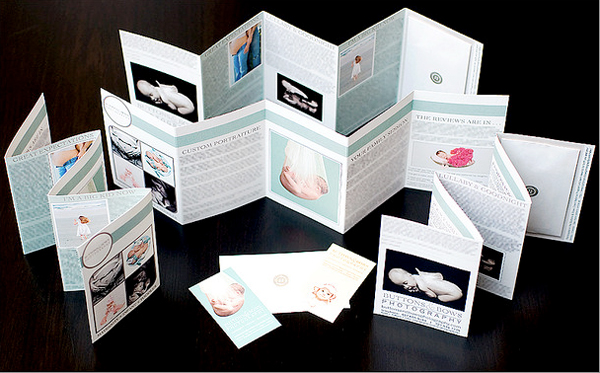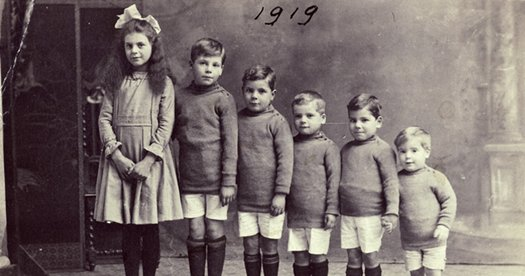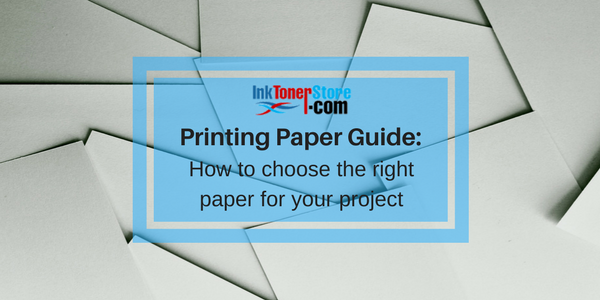So you have a project that you need to print. Awesome! All you need to do now is to find the right paper. You hurriedly go to the shopping mall and search through piles of paper and – found it! You pay at the cashier and go straight home. You insert the paper and ready the printer, making sure that all settings are correct.
Then, you hit the PRINT button. Finally, here comes your perfect project!
…But wait. How come it doesn’t look as grand as what you were expecting it to be?
Now, if your project is of utmost importance, a “printing paper disaster” like this might require another trip to the mall. Choosing the right printing paper for your project is more complex than what many believe. However, it doesn’t have to be that way. Knowing how to choose the right printing paper for your project will not only maximize your resources but also guarantee an output that is of best quality.
Choosing the right printing paper for your project maximizes your resources. If you are unsure about the kind of paper that you need, you might end up buying several packs of paper, printing your project on each paper, and choosing the one to your liking while disposing the rest. That’s a huge amount of paper, toner or ink, time, effort, and money down the drain! Here are four paper basics that will guide you in this step.
4 Paper Basics That You Need To Know
1 – Weight
GsM (grams per square meter) refers to the thickness and sturdiness of a paper. The higher the number, the thicker or sturdier the paper.
- Copy paper – 75 gsm
- Business letterhead – 90 gsm
- Resumes, flyers, and business graphics – 120 gsm
- Photographs – 120 gsm up to 300 gsm and over
- Sticky labels – 150 gsm (total sheet weight)
- Brochures, postcards, menus, and posters – 175 gsm
- Business cards – 215 gsm

Gsm is usually printed on the package, but sometimes “lbs” or “substance” are used instead. You can search the Internet for the right conversion or ask a staff to help you.
2 – Brightness

Brightness refers to the paper’s ability to reflect light. The same printed image will appear vibrant on a paper with high brightness but dull on a paper with low brightness. For commercial use, 80 is lowest and 100 highest. The higher the number, the better the paper.
3 – Texture

Texture refers to the smoothness of the paper, both visual and tactile. A paper can be smooth or textured. It can also be uncoated or coated, which has a glossy, dull, or matte finish. Coated and smooth paper is best for high-quality images, and uncoated and textured paper is best for softer image.
4 – Opacity
A paper’s opacity determines the amount of light that can pass through it. It can have a low, medium, or high opacity. The higher the opacity, the less translucent the paper.
Having the ability to choose the right printing paper for your project also guarantees an output that is of best quality. Therefore, it is important to know which paper to choose for everyday use and for special occasions.
Choosing the Right Paper for Everyday Use
Copy paper, also called a multi-purpose paper, is your best option for this purpose. It is the cheapest and most accessible paper. It also works well in a laser printer (waterproof) and an inkjet printer (water-based).

A typical copy paper is 75 gsm and has brightness as low as 80. Furthermore, this paper is somewhat translucent and uncoated. It can be used for printing coloring pages for your kids, daily homework for school, and daily reports in the office. Depending on the use, you can even print on both sides of the paper.
Choosing The Right Paper For Special Occasions
It is important to remember that a specific project requires a specific paper. Aside from the mentioned weights, a paper used for special occasions usually has a brightness ranging from 90-100. Coated paper is also highly advised, except for letterheads.
Opacity will vary depending on the purpose. For example, translucent papers are preferred in printing certificates. Moreover, an inkjet paper or a laser paper is also preferred. Inkjet paper is designed for sprayed-on inks. On the other hand, laser paper is designed to attract dry powder. Therefore, an inkjet paper must be used in an inkjet printer, while a laser paper must be used in a laser printer.

Being able to choose the right printing paper for your project maximizes your resources and guarantees best output quality. As long as you know the paper basics and which paper to choose for daily use and for special occasions, rest assured that you will find making your project all the more enjoyable!


